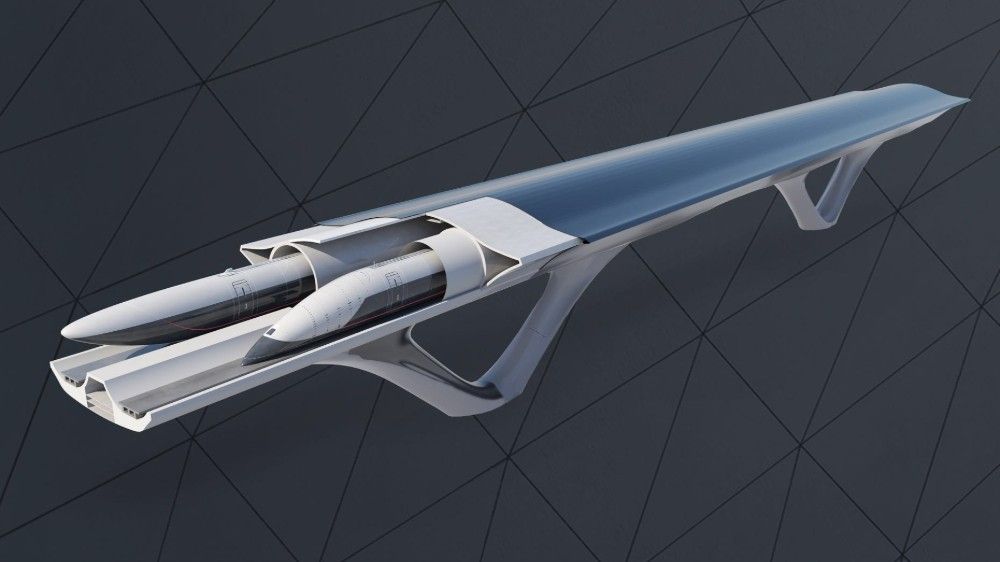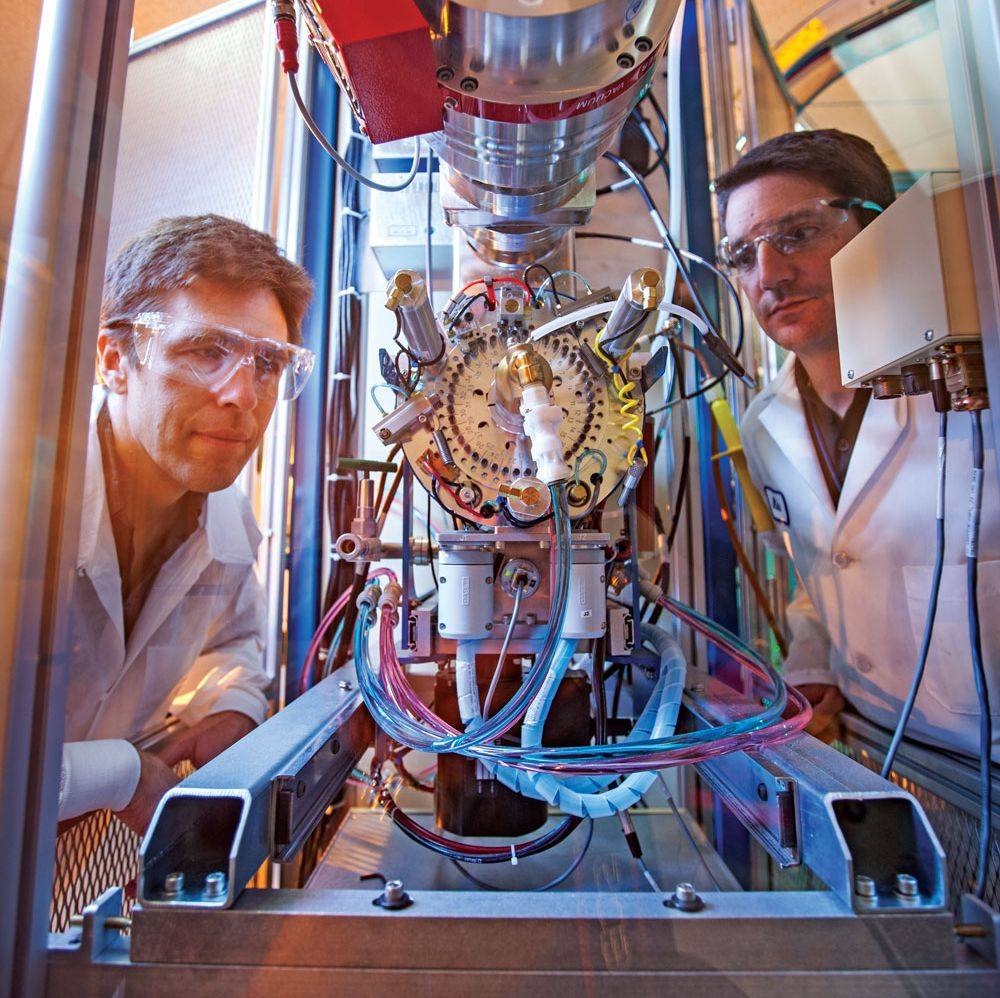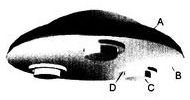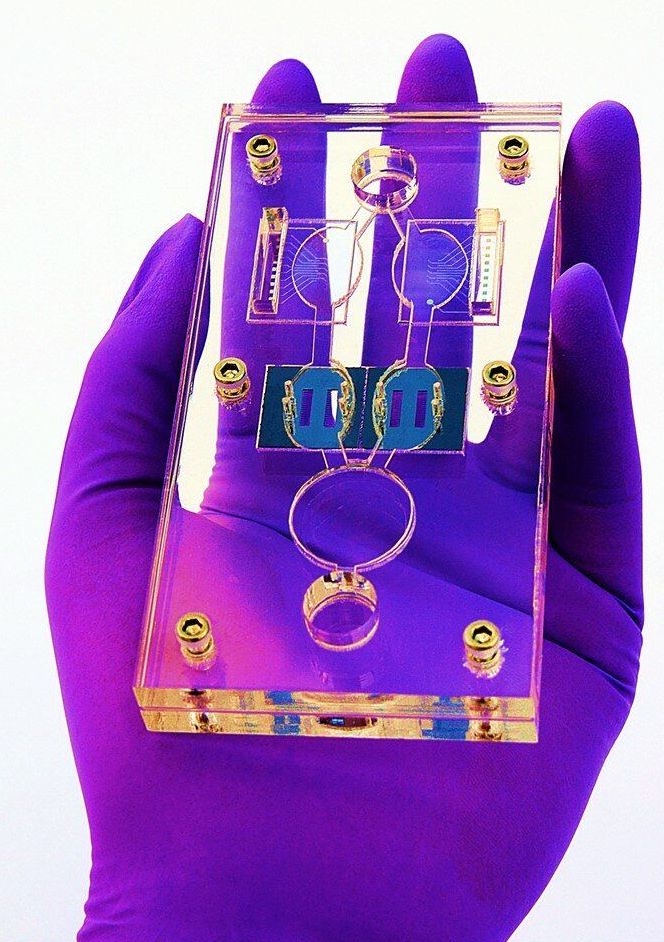Page 7385
Sep 15, 2019
Water found for first time on ‘habitable’ planet
Posted by Quinn Sena in category: space
Astronomers discover water in the atmosphere of a “habitable” planet orbiting a distant star.
Sep 15, 2019
A Solar-Powered Hyperloop Train Could Soon Be a Reality
Posted by Dan Kummer in categories: solar power, sustainability, transportation
Click here to read the full article.
The Hyperloop may still be a decade from becoming a reality, but already people are trying to improve upon the concept. Chinese architecture firm MAD is developing an eco-friendly version of the futuristic transportation system, one that would utilize solar and wind energies to operate.
Earlier this week, MAD announced that it was working with US-based Hyperloop Transportation Technologies on a new sustainable design with the aim of creating “enhanced connectivity between cities and people,” according to CNN. The proposed Hyperloop draws its power from a system of solar panels and wind turbine forests.
Sep 15, 2019
12 NLP Researchers, Practitioners & Innovators You Should Be Following
Posted by Omuterema Akhahenda in category: futurism
Check out this list of NLP researchers, practitioners and innovators you should be following, including academics, practitioners, developers, entrepreneurs, and more.
KNIME Fall Summit 2019
Sep 15, 2019
We may have a basic form of sign language in common with chimpanzees
Posted by Quinn Sena in category: futurism
By Clare Wilson
We can communicate with chimps. When put to the test, people can usually understand the meaning of ten common gestures used by chimpanzees.
Human infants also use some of the same gestures before they can talk, although we don’t yet know if their meanings are the same.
Sep 15, 2019
Auto designer LAZARETH has created a flying motorcycle
Posted by Quinn Sena in category: transportation
Auto designer LAZARETH has unveiled its newest motorcycle. It happens to be able to fly with the help of 4 turbine engines.
Sep 15, 2019
Lab chemists and computer scientists are joining forces to find a nerve-agent antidote that will go where today’s antidotes can’t go – the brain
Posted by Omuterema Akhahenda in categories: computing, neuroscience
Lab chemists and computer scientists are joining forces to find a nerve-agent antidote that will go where today s antidotes can t go the brain. Read more about in the latest issue of our Science & Technology Review magazine https://str.llnl.gov/2019-06/valdez
Sep 15, 2019
The Super Power IssueThe Antigravity Underground
Posted by Quinn Sena in categories: energy, time travel
The fantastic floating device called a lifter has no moving parts, no onboard fuel, and no shortage of wide-eyed admirers. Even inside NASA.
The super power issue being invisible the antigravity underground A user’s guide to time travel 8 super powers.
Sep 15, 2019
Application filed by St. Clair John Quincy
Posted by Quinn Sena in categories: cosmology, space travel
This invention relates to a spacecraft propulsion system utilizing thrusters comprised of a motor-driven electrostatically charged cylinder rotating within an electrostatically charged annular ring for the purpose of creating a spacetime curvature stress-energy tension in the horizontal direction. The thrusters are augmented by magnetic vortex generators, either embedded in the cylinders or located above each thruster, for the purpose of increasing the permittivity of space by permeating each thruster with low density hyperspace energy generated by a wormhole created between our space and hyperspace. A combination of three thrusters mounted on the underside of the hull of the spacecraft provide thrust and yaw motion control.
Sep 15, 2019
Hesperos’ multi-organ ‘human-on-a-chip’ found effective for long-term toxicology testing
Posted by Quinn Sena in categories: biotech/medical, nanotechnology
The replacement of animals as test subjects is one step closer to reality with the successful testing of multi-organ “human-on-a-chip” models to recapitulate the 28-day experiments typically used in animals to evaluate the systemic toxicity of drug and cosmetic compounds. As published and featured as a frontispiece in the prestigious peer-reviewed scientific journal Advanced Functional Materials, the microfluidic device with interlinking modules containing human-derived heart, liver, skeletal muscle and nervous system cells was able to maintain cellular viability and record cellular function in real-time for 28 days.
The University of Central Florida (UCF) in collaboration with the Florida biotech firm Hesperos, Inc., has shown that one of its innovative four-organ in vitro (out of body) model systems is able to realistically replicate in vivo (in body) responses to sustained drug dosing of human cells.
“The technology could allow us, in the very near future, to move chronic drug experiments from animal models to these novel human in vitro models,” said Hesperos Chief Scientist James J. Hickman, who is a Professor at UCF’s NanoScience Technology Center.



















